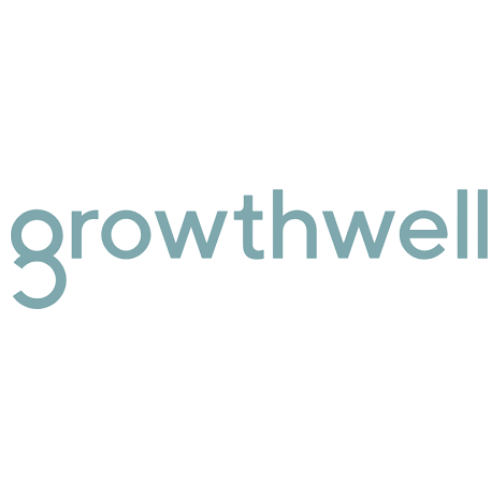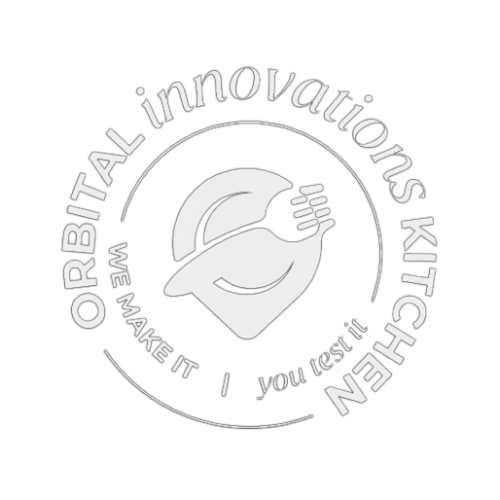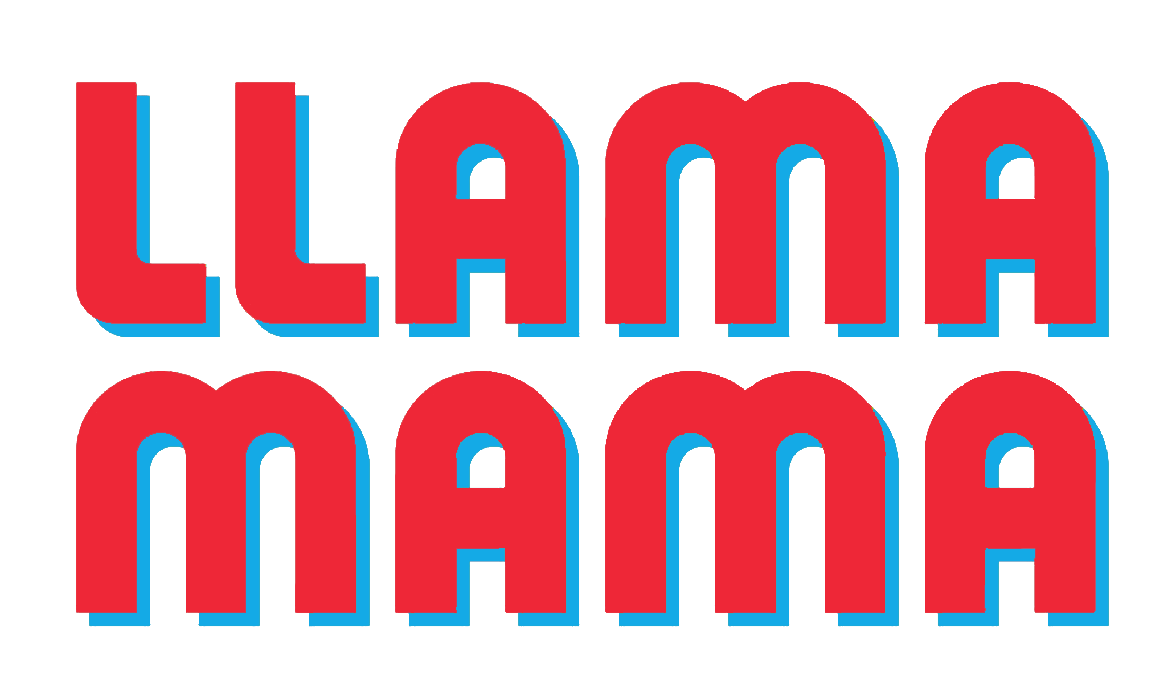Whichever field your business is in, you surely have heard this quote plenty of times: "Innovation is the key". What type of innovation is good for your company is another question, though. Today on the blog, we’re having a look at the concept of Open Innovation—and F&B Open Innovation in particular. Bear with us to understand why it's an option you should definitely consider if you are in the Food & Beverage market.
So, what's all the fuss about Open Innovation?
Traditional corporate research is all about secrecy. It's even considered an advantage to develop a brand new product or type of product that nobody can reproduce. Companies will typically spend years working in their own research laboratory, file tons of patents application and suddenly launch their innovative product—hoping to conquer an undisputed part of the market.
Considering this, the very concept of Open Innovation is disruptive. According to Henry Chesbrough, who coined the term, Open Innovation is a "more distributed, more participatory, more decentralized approach to innovation". If Chesbrough developed this concept, it's because he made a simple observation: no effective innovation could result from traditional research as knowledge is now widely distributed and not concentrated anymore. This "outside-in" innovation process is—still according to Chesbrough—a "more profitable way to innovate" as it will allow companies to reduce costs but at the same time increase speed to market and differentiation.
But Open Innovation doesn't stop at opening your innovation process to other startups, universities, corporate R&D, and venture capital. The "inside out" aspect to it means that you can invest in your unused or underused resources and participate in other parties' R&D processes. A win-win situation.
Coming back to F&B Open Innovation, it looks even more adequate to the booming markets of Plant-Based Meats and Health beverages. These fields are all about innovation and finding ways to rethink our eating and drinking habits.
Plus, now is the best time to get your hands into it
Covid-19 crisis generated many things, from the gloomiest to more uplifting consequences. Among those things, Open Innovation boomed in fields related to health or food and beverages, bringing this concept under the spotlight. A perfect time if any to seize the occasion.
Since so many successful Open Innovation collaborations and projects are flourishing at this very moment, convincing potential partners will also be easier. Reasons refraining these potential actors to fully participate in Open Innovation projects range from not knowing how to tackle the task to the much-dreaded information leakage—may it be value, patents, or even ideas. If major actors such as Ford or 3M could take a leap of faith and be successful, you surely can too.
While this situation is a positive outcome of the Covid crisis, the pandemic is also putting more pressure on the F&B industry to develop more efficient, flexible business models along with a boom in the interest for healthier alternatives such as plant-based meat. Open Innovation is a key to access more sustainable, competitive production and distribution models.
Not only it is the right timing to plunge into Open Innovation, for some it is highly recommended to consider it in order to revitalize their business in the current situation.
Open Innovation and F&B: do they get along?
Simple answer: yes.
The good relation between Open Innovation and Food & Beverage did not wait for the pandemic to grow and get strong. In fact, we've seen several examples where the food industry has already embraced Open Innovation with great success. An excellent example is this crowdsourced Heineken Innovation.

Heineken Blade is a countertop draught beer dispenser, dubbed as the "Nespresso" for beers. As innovative and practical as it is—you just need a Heineken Blade, a refreshed 8 liters keg, a power source, and voilà—, this machine was created thanks to a collaborative web portal (not existing anymore) putting together the minds of consumers, startups, and even academia.
Another great example is Coca-Cola’s initiative in Southeast Asia. Willing to adapt to local consumers and indulge in a customer-driven F&B Open Innovation system, they tied up with local eateries to test out what customers were looking for in terms of new tastes in their Coke products. The experience is not fully an Open Innovation project as they are keeping the results secret for the moment, but still, they decided to “collaborate” with local customers so that they could adjust to this market—an excellent illustration of how the concept can help your business thrive.
Mapping out your Open Innovation strategy
Seduced already by the concept? You’re going to like our next step: let’s move to more concrete measures when developing F&B Open Innovation for your company.
First things first
Before diving into the details of what Open Innovation actually entails, let’s first assess our needs. What exactly do we want to achieve with Open Innovation? Is it just another buzzword used by marketing departments? Or does it really mean something different?
If you're still unsure whether Open Innovation is worth investing in, here are some questions to ask yourself:
What problem am I trying to solve?
Is there already someone else solving my problem better?
Is any of my department underperforming?
Are my products really fitted for the market I am aiming for?
Once you’ve lined up these answers, you can move on to...
Assessing your needs—and your value
We have our “why”, but now we need our “what”. To put it really simply, you will need two different what here: what do you need, and what do you have to offer.
Finding out what your business need will be easy using our answers from the first step. You might need cutting-edge technology to boost your business or overcome a technical difficulty; a new angle to develop, promote your products or services; an innovative marketing strategy; better customer service, etc. Whatever it is that you are looking for in order to grow your business, there must be something that can help you achieve this goal and Open Innovation will be there for you.
Now comes the hard part of finding out what you actually have to offer. If you have underused resources inside your business, here comes their time to shine—with someone else. We often see Open Innovation as a one-sided system with our business, but you can benefit from lending your resources as well! Go online and have a look at the current call for ideas in fields as diverse as environment, new biscuit flavors, or innovative garden hoses to get an idea of the skills, resources, technicities you could bring to the table.
Finding a partner—the good one
Finding the right match is a task itself. Not only do you need to find a reliable partner on the market, but you also have to identify which company has the right resources and the will to collaborate in the field of Innovation. The previous steps are mandatory before jumping in and calling for partners—keep in mind your roadmap and your objectives.
GourmetPro has always been an advocate for innovation and collaboration, and that's why we are proposing Open Innovation services as well. Our network of freelancers, startups, venture companies in Japan allows us to help you in your research of a partner, as well as any consulting you might need along the way.
Calls for ideas are also a good way to have a comprehensive view of the Open Innovation landscape, that’s a simple but still effective way to start your hunt for a partner. Consequently, setting up a dedicated landing page on your corporate website will allow partners—that you would have never thought about—to find you directly. We can’t emphasize enough the necessity to screen these potential partners as well as how your skills and resources will synergize on the topic you chose to explore.
Still, there are some things you should pay attention to...
There are of course many types of Open Innovation and some are more dangerous than others.

Let's imagine you want to ask your customers to pick up a name for a new product you're brewing and let's imagine you will solely rely on campaign participants' proposals and votes to pick up that name. That's what the soda brand Mountain Dew decided to do in 2012. Needless to say, they did not anticipate the success that "Diabeetus" or "Gushing Granny" would have, nor the hacking of the website that would follow.
But backlash can happen on the other side of the fence as well. After setting up a competition to develop a new system of self-checkout cashiers in its selling point, Fast Retailing (operating UNIQLO) found itself caught up in a patent dispute with an SME. The SME—called Asterisk—proposed an RFID reader system for Fast Retailing, in order to improve the efficiency of self-checkout machines by allowing them to scan products without having to manually check each item, as well as avoiding reading another client's item by mistake. Fast Retailing declined the project proposal from Asterisk... before using very similar technology in their stores. They just lost their motion last May, after assessing that the patent of Asterisk should be invalidated.
In conclusion
Some other challenges might pop up along the way, don't forget that unclear goals will most likely lead to failures. You should also consider that not all collaborations on the topic of F&B Open Innovation will lead to great success. Finally, terms and conditions, as well as IP contracts, are definitely important things to worry about.
So, if you decide to go down the road of open innovation, make sure you know exactly where you are going. Choosing the right partner, or a third party to stand between should be your first priority.


%206.png)
.svg)






.svg)



.svg)
.svg)
.svg)

.svg)

















































.png)



















































